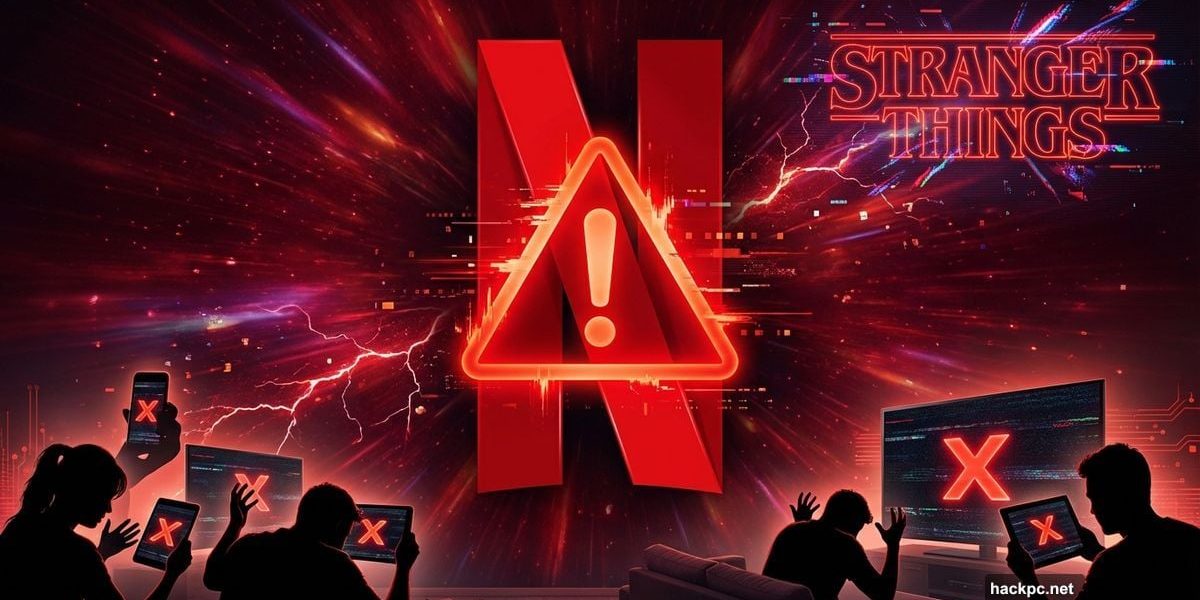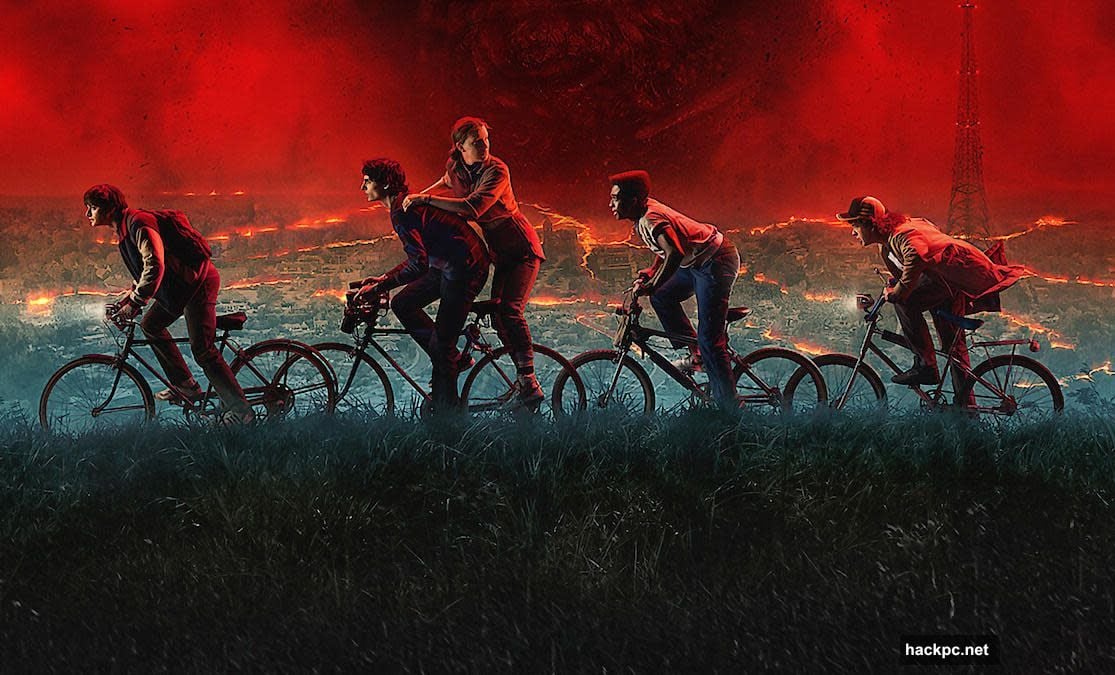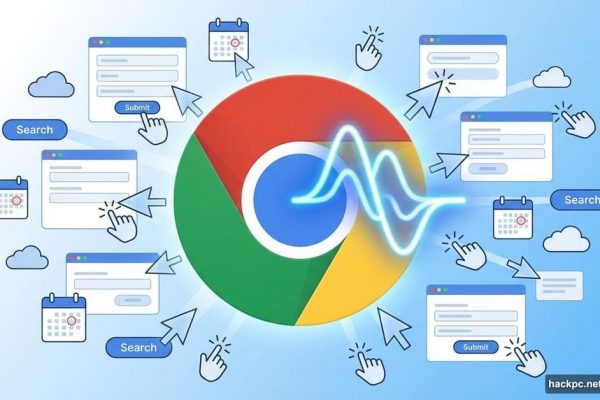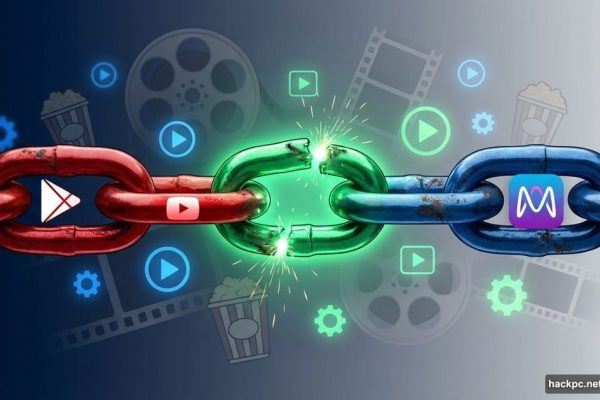
Netflix went down hard last night. Thousands of fans fired up the app at 8PM Eastern, ready to binge Stranger Things season 5. Instead, they got error messages.
The timing couldn’t be worse. This is the final season of Netflix’s biggest show. Fans have waited years for these episodes. But when the clock hit premiere time, the service buckled under the load.
The Crash Hit Fast
Downdetector lit up with reports starting around 7:50PM Eastern. That’s exactly 10 minutes before the episodes went live. By 8PM, nearly 14,000 viewers had reported outages.
Most people saw the NSEZ-403 error code. That means their accounts couldn’t connect to Netflix’s servers at all. The error message said “Something went wrong” and “Sorry, we’re having trouble with your request.”
Netflix’s own support page suggests switching devices when you hit NSEZ-403. But thousands of people all switching devices at once doesn’t exactly solve a capacity problem.
They Actually Prepared For This
Here’s what makes this embarrassing. The show’s creator told press that Netflix boosted bandwidth by 30 percent specifically to avoid a crash. They knew millions of fans would hit play simultaneously. They planned ahead.
It didn’t matter. The service still went down when it counted most.

To be fair, Netflix told Engadget the outage only lasted about 5 minutes. They said “some members briefly experienced an issue streaming on TVs” and that service was restored quickly for all accounts.
Five minutes feels like forever when you’re staring at an error screen instead of watching the finale season you’ve anticipated for years.
What Actually Happened
Netflix clearly underestimated demand. Even with a 30 percent bandwidth increase, the infrastructure couldn’t handle the spike. Thousands of concurrent streams all hitting at the exact same second overwhelmed something in their system.
The NSEZ-403 error specifically points to connection problems between user accounts and Netflix’s servers. That suggests their authentication or session management systems got hammered, not necessarily their streaming infrastructure itself.
Plus, the error hit TV apps hardest according to Netflix’s statement. That’s interesting. Maybe their TV app infrastructure has different bottlenecks than web or mobile streaming.
The Release Schedule Ahead
Netflix is splitting season 5 into three drops. Last night gave viewers episodes 1 through 4. December 25 brings episodes 5, 6, and 7. Then the series finale lands on December 31.
That staggered approach probably helps with server load. Instead of everyone binging all eight episodes at once, they spread demand across three separate premiere events.

But it also means two more chances for crashes. Christmas Day and New Year’s Eve are both massive streaming nights already. Adding Stranger Things premieres to those dates creates risk.
Why This Matters
Netflix built its reputation on reliability. They pioneered the binge-watching model. The whole value proposition depends on shows being available when you want them, especially for tent-pole premieres like this.
A five-minute outage won’t kill them. But it reminds everyone that even tech giants struggle with capacity planning. Even when they prepare specifically for a known event, things break.
Moreover, this was a controlled scenario. Netflix knew exactly when demand would spike. They had weeks to prepare. They added capacity. And still couldn’t quite handle it.
What happens during unexpected viral moments? When some random show suddenly explodes in popularity without warning?
The Bigger Picture
Streaming services face unique infrastructure challenges. Traditional TV broadcasts the same signal to everyone. One transmission handles millions of viewers.
Streaming requires individual connections. Each viewer gets their own stream. That means Netflix needs to scale infrastructure exponentially with viewer count, not linearly.

Plus, global audiences all hitting play at the same moment creates massive geographic spikes. Even distributed infrastructure struggles when half the United States tries to connect simultaneously.
The 30 percent bandwidth increase apparently wasn’t enough. Maybe they needed 50 percent. Or maybe the bottleneck wasn’t bandwidth at all, but authentication systems or CDN capacity.
What Viewers Can Do
If you hit errors during future premieres, Netflix’s advice is simple: switch devices. Try opening the app on your phone instead of your TV. Or use a web browser instead of the app.
That actually works sometimes. Different device types hit different backend systems. If TV apps are overloaded but mobile isn’t, switching gets you in.
Also, waiting 15-20 minutes helps. The initial rush dies down fast. Most of those 14,000 error reports dropped off within minutes last night as people either got through or gave up temporarily.
Finally, remember these shows aren’t going anywhere. Yeah, you want to watch immediately to avoid spoilers. But if the service crashes, those episodes will still be there in an hour when things calm down.
Netflix survived this crash quickly. They’ll probably handle the next two premieres better. But for a few thousand fans last night, the most anticipated TV event of the year started with frustration instead of excitement.
The good news? Once you actually get connected, the show streams fine. The problem isn’t playback quality or buffering. It’s just getting through the door when everyone else is trying to do the same thing.



Comments (0)